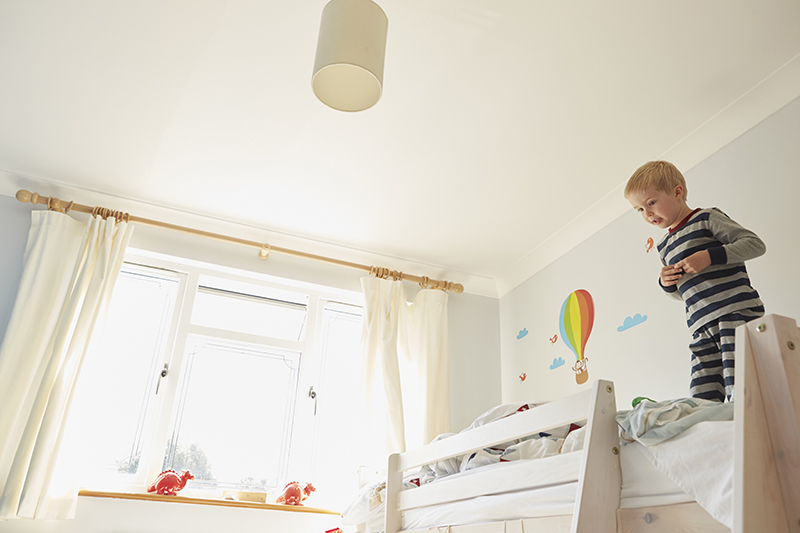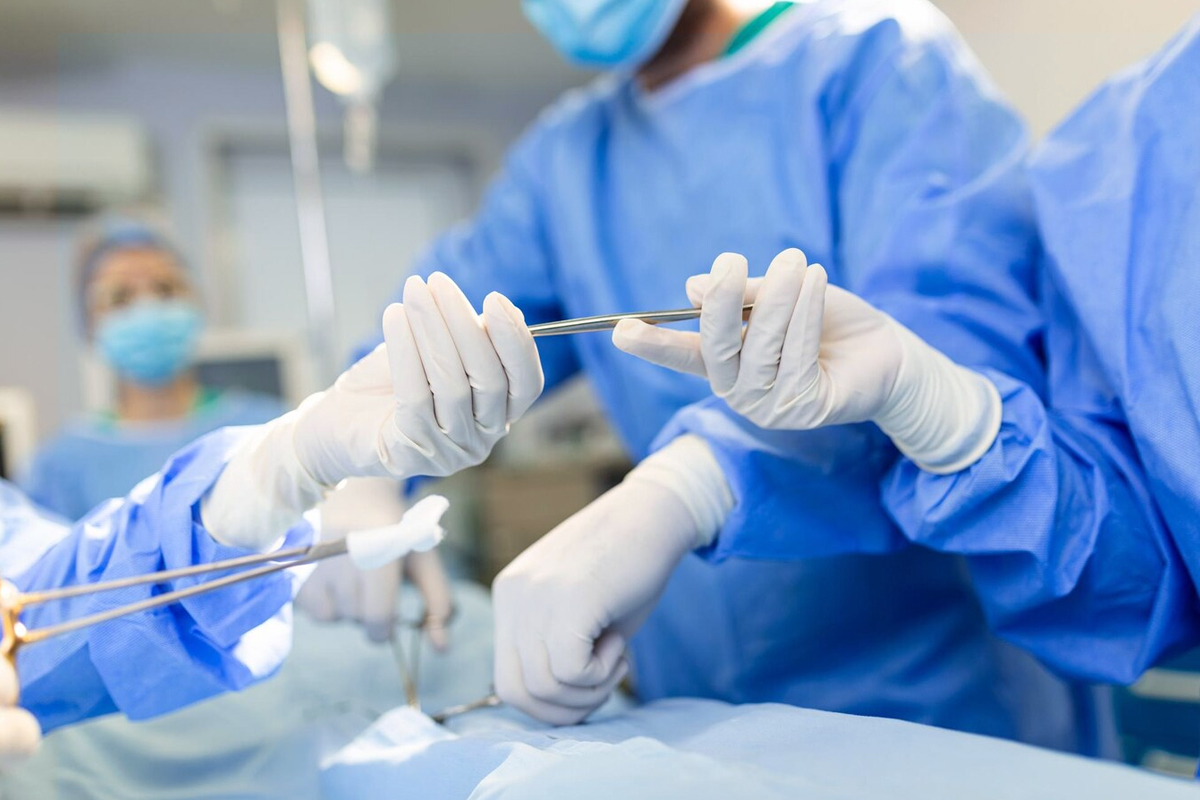The bladder has two main functions: to Store urine, and then empty it when it is full. For this process to be possible, the nerves and the muscles of the urinary tract need to work together. In a neurogenic bladder, the nerves that must carry messages from the bladder to the brain and from the brain to the muscles of the bladder and the sphincter does not function properly, so that the bladder cannot store or empty the urine effectively.
Causes
- Spina bifida: Myelomeningocele, Lipomeningocele,
- Spinal cord trauma
- Malformations anorectales
- Cerebral palsy
- Tumors of the nervous system and pelvic tumors.
The neurogenic bladder is associated with the following symptoms:
- Incontinence of urine
- Retention of urine
- Hydronephrosis or dilatation of the urinary tract
- Vesicoureteral reflux.
- Urinary tract infection.
- Kidney stones
Evaluation and complementary studies:
Your child can undergo a variety of tests to help confirm the diagnosis and to know the extent of the disease:
- Ultrasound kidney and bladder.
- Magnetic resonance imaging of the spine.
- Cistouretrografia voiding.
- Urodynamics.
- VideoUrodinamia.
- Scintigram of the kidney.
- Analysis of blood and urine to assess kidney function.

Treatment
The main objectives are: to preserve the renal function, to achieve continence, social, and promote a positive self-esteem as children grow older.
Clean intermittent catheterization: it is a procedure clean, but not sterile, taught to the parents and families by our trained nurses. The empty routinely the bladder, reduces the risk of urinary tract infections, prevents the dilation of the urinary tract, protects the bladder and achieved urinary continence.
Anticholinergic drugs: this class of drugs, such as oxybutynin, helps to relax the smooth muscles of the bladder, it prevents the muscle contractions of the bladder, creating increased capacity at low pressures.
Medications selective: Solifenacin, Darifenacina and Mirabegrón.
Endoscopic therapies: Injections of botulinum Neurotoxin in detrusor, agents bulge in vesicoureteral reflux.
Surgical treatment options: In the event that medical treatment above is insufficient, our center are trained professionals who perform procedures such as: enlargement of the bladder, channels for bladder catheterization. As well as the establishment of slings into aponeurotic and placement of artificial urinary sphincter in children and adolescents with urinary incontinence.







